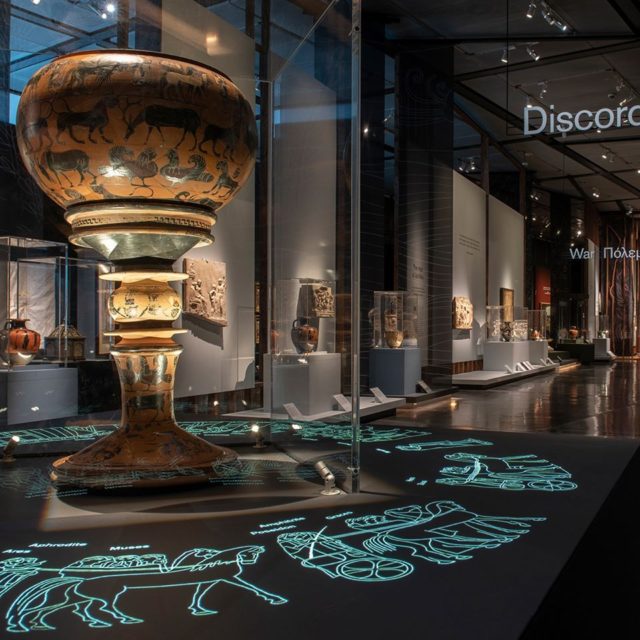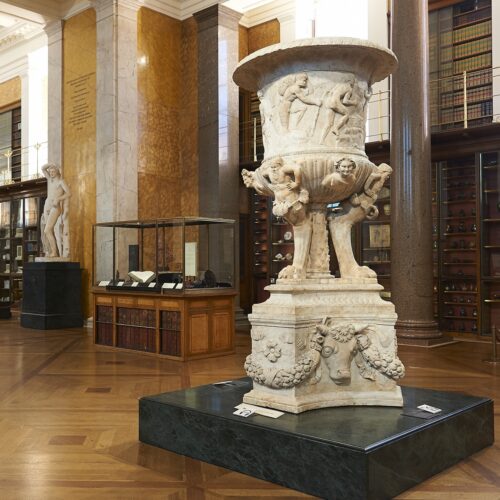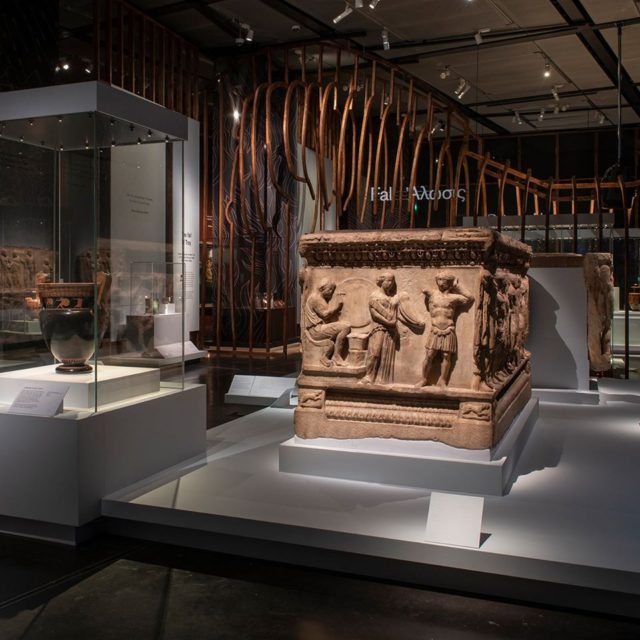British Museum
Not far from the Freemasons’ Hall to the northwest, the flagship of all British Museums & probably the most famous museum in the world along with the Louvre, the British Museum. This spectacular museum narrates the story of human culture from its beginnings to the present day in a collection of nearly 8 million objects.
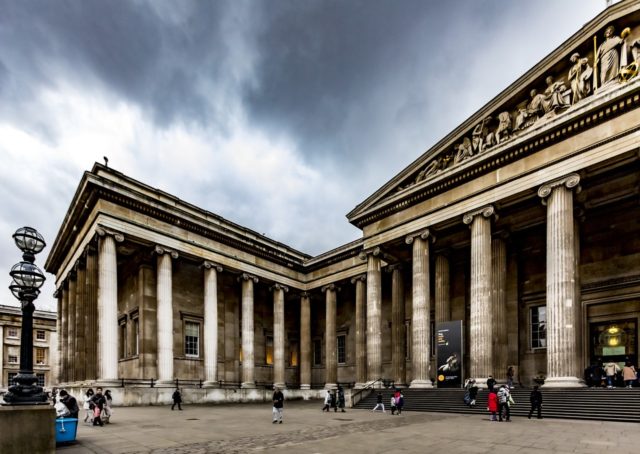
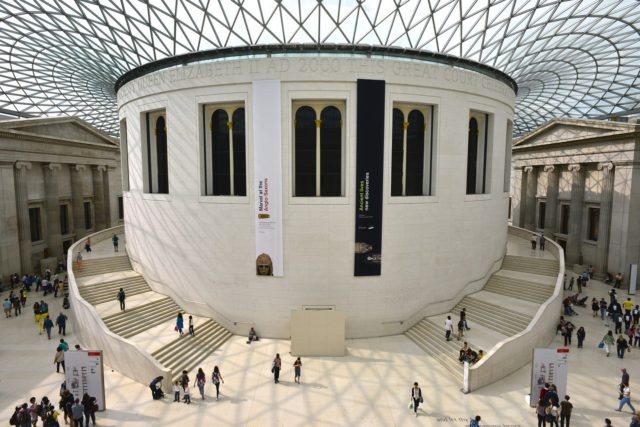
Apart from the Egyptian Museum in Cairo, the British Museum is home to the most comprehensive collection of Egyptian antiquities in the world, covering almost 11,000 years of history. Of the seven permanent galleries, those on the second floor are the most compelling, housing an unparalleled collection of mummies and coffins. Don’t miss the Rosetta Stone, the key to our contemporary understanding of hieroglyphs.
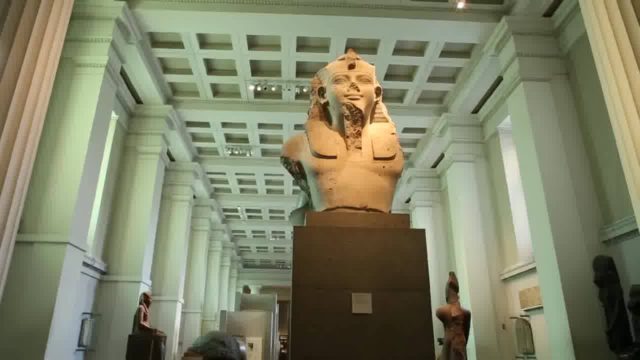
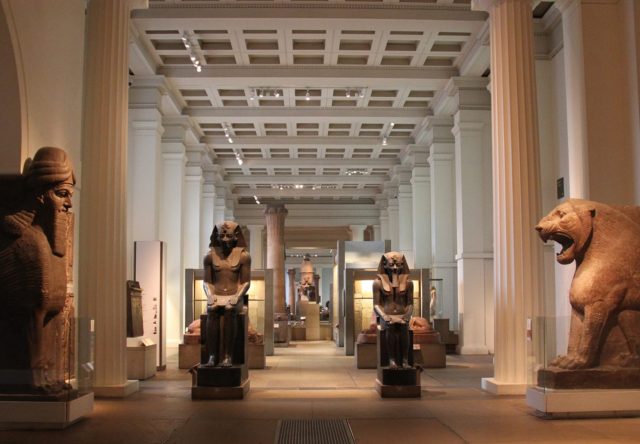
The significant collection of Greek and Roman objects covers the Greek Bronze Age to the 4th century AD. The star attractions are the contentious Parthenon sculptures from the Athenian Acropolis that are still fervently claimed by the Greeks to be reintegrated into the rest of the monument. The Greek-Roman galleries also feature a frieze from the astonishing Mausoleum of Halicarnassus and the Temple of Artemis from Ephesus – two of the Seven Wonders of the Ancient World.
The Anglo-Saxon Sutton Hoo treasure – one of the most important finds in British archaeology – has recently been given more prominence with a spectacular new display that links it to other cultures featured in the museum. The museum’s world culture galleries are some of the most fascinating. In the African galleries, there are the outstanding Benin Bronzes.
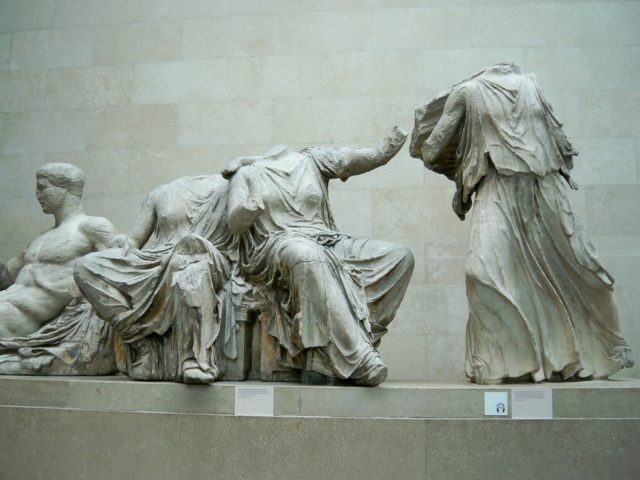
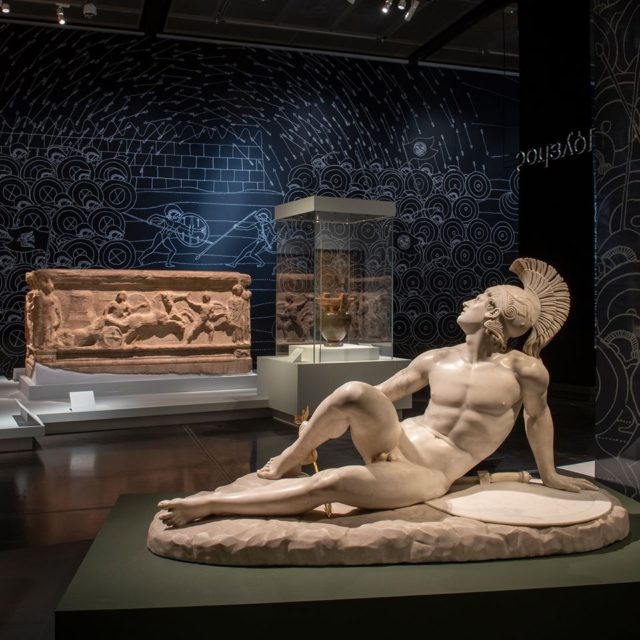
The applied arts of China and Japan are well represented, while the galleries of Islamic art are some of the largest in the world, including paintings, pottery, and glassware. Middle Eastern galleries are dominated by the extensive collection of Mesopotamian artifacts.
Home to the national collection of prints and drawings, the British Museum’s holdings extend from the 14th century to the present day and include works by all the major European and British artists. Established by an act of Parliament in 1753, the museum was originally based on three collections: those of Sir Hans Sloane; Robert Harley, the first earl of Oxford; and Sir Robert Cotton.
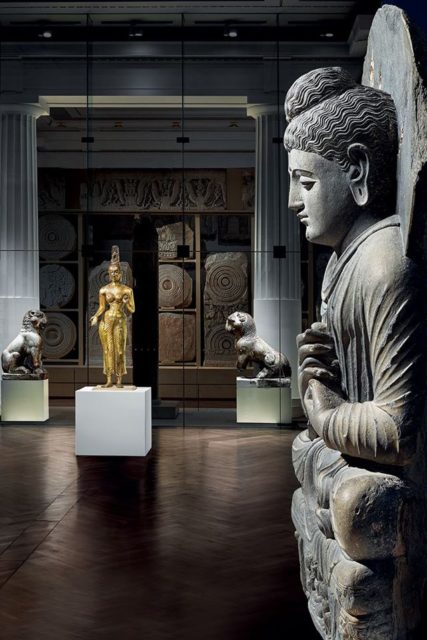
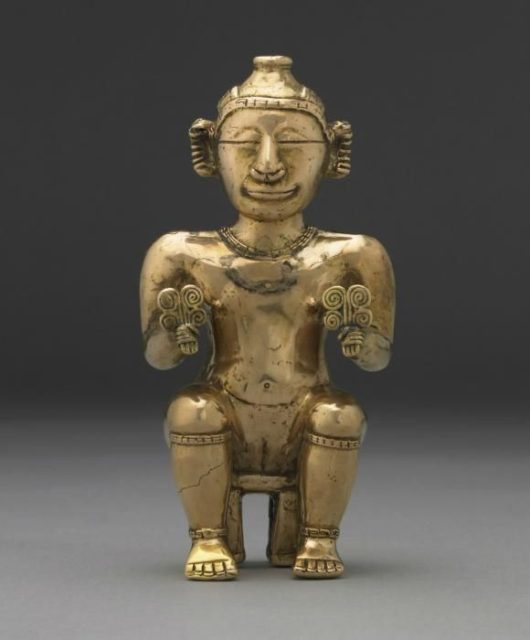

The collections (which also included a significant number of manuscripts and other library materials) were housed in Montagu House at Great Russell Street and were opened to the public in 1759. The museum’s present building, designed in the Greek Revival style by Sir Robert Smirke, was built on the site of Montagu House in the period 1823–52 and has been the subject of several subsequent additions and alterations.
Its famous round Reading Room was built in the 1850s; beneath its copper dome labored such scholars as Karl Marx, Virginia Woolf, Peter Kropotkin, and Thomas Carlyle. This astonishing museum will compensate you for whatever amount of time you decide to dedicate to it. A massive ark of knowledge & human history. More
